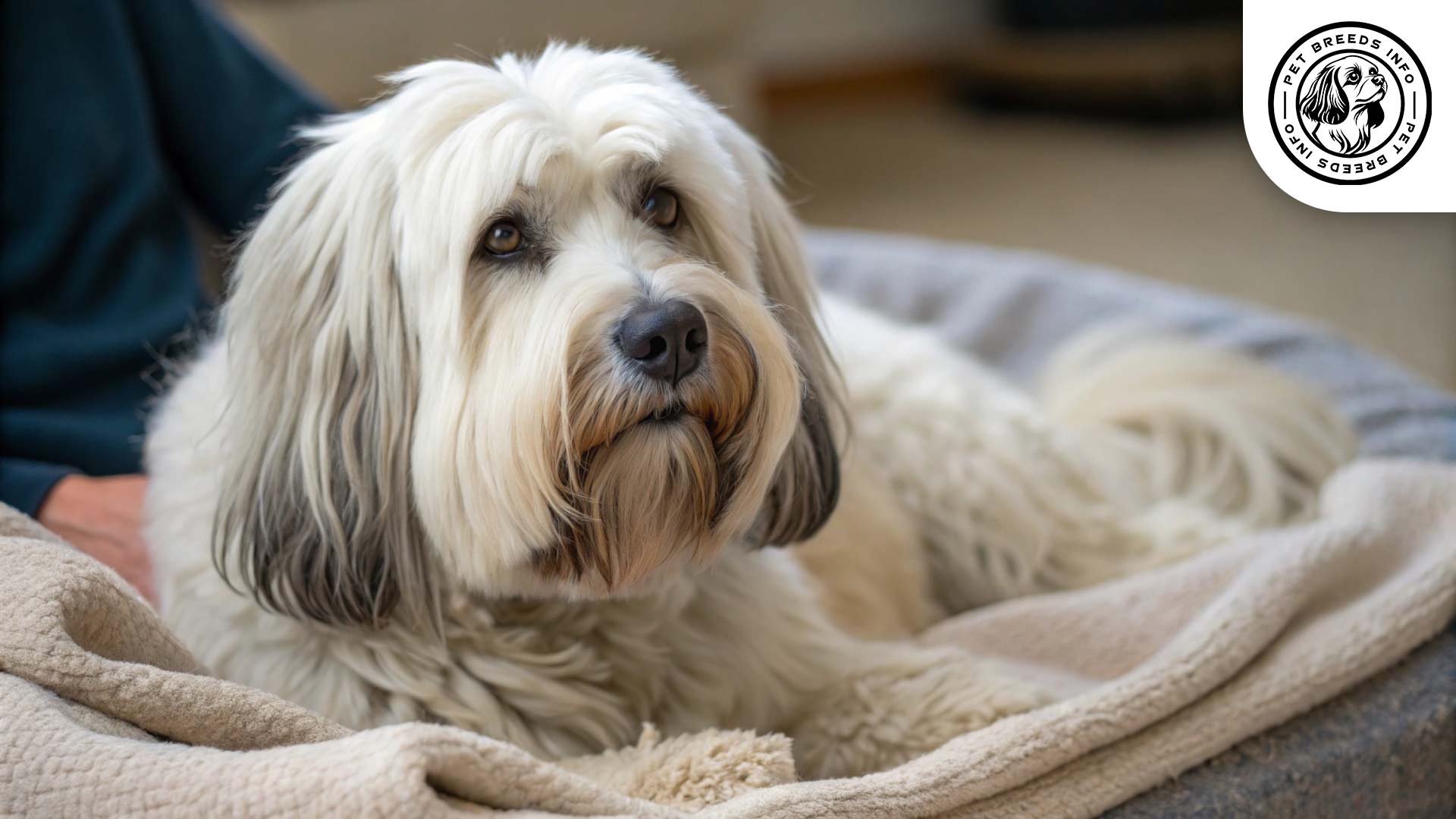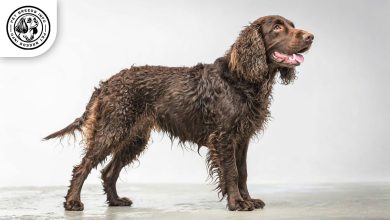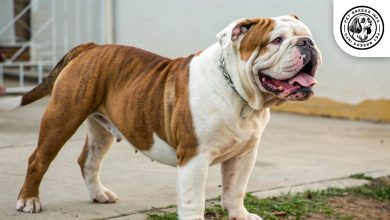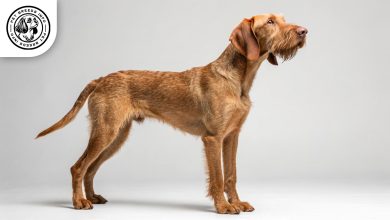Tibetan Terrier Dog Breed: Size, Health, Price & Personality
General Introduction of the Breed
The Tibetan Terrier, also known as the “Holy Dog of Tibet,” originates from Tibet and was historically bred as a companion and herding dog for Buddhist monks. Despite its name, it is not a true terrier but was given the name due to its similar size. The breed has a long history of being cherished by Tibetan monasteries and villagers for its loyalty, intelligence, and protective nature.
Table of Contents
| Weight | 18 – 30 pounds (8 – 14 kg) |
| Lifespan | 12 – 15 years |
| Diet | High-quality kibble, wet food, or raw diet, protein-rich |
| Care | Regular brushing (2-3 times/week), daily exercise, routine hygiene (bathing, nail trimming, ear cleaning, dental care) |
| Health | Prone to hip dysplasia, progressive retinal atrophy (PRA), lens luxation. Regular vet check-ups recommended |
| Color | Black, white, gold, brindle, combinations |
| Nature | Intelligent, affectionate, loyal, wary of strangers, playful, sensitive |
| Price | $1,500 – $3,500 (puppy), adoption may be more affordable |
Physical Characteristics
The Tibetan Terrier is a medium-sized breed. Males typically stand between 14 to 17 inches (35 to 43 cm) tall and weigh around 18 to 30 pounds (8 to 14 kg). Females tend to be slightly smaller.
Their coat is long, thick, and double-layered, providing insulation against harsh weather. They come in various colors, including black, white, gold, brindle, and combinations of these.
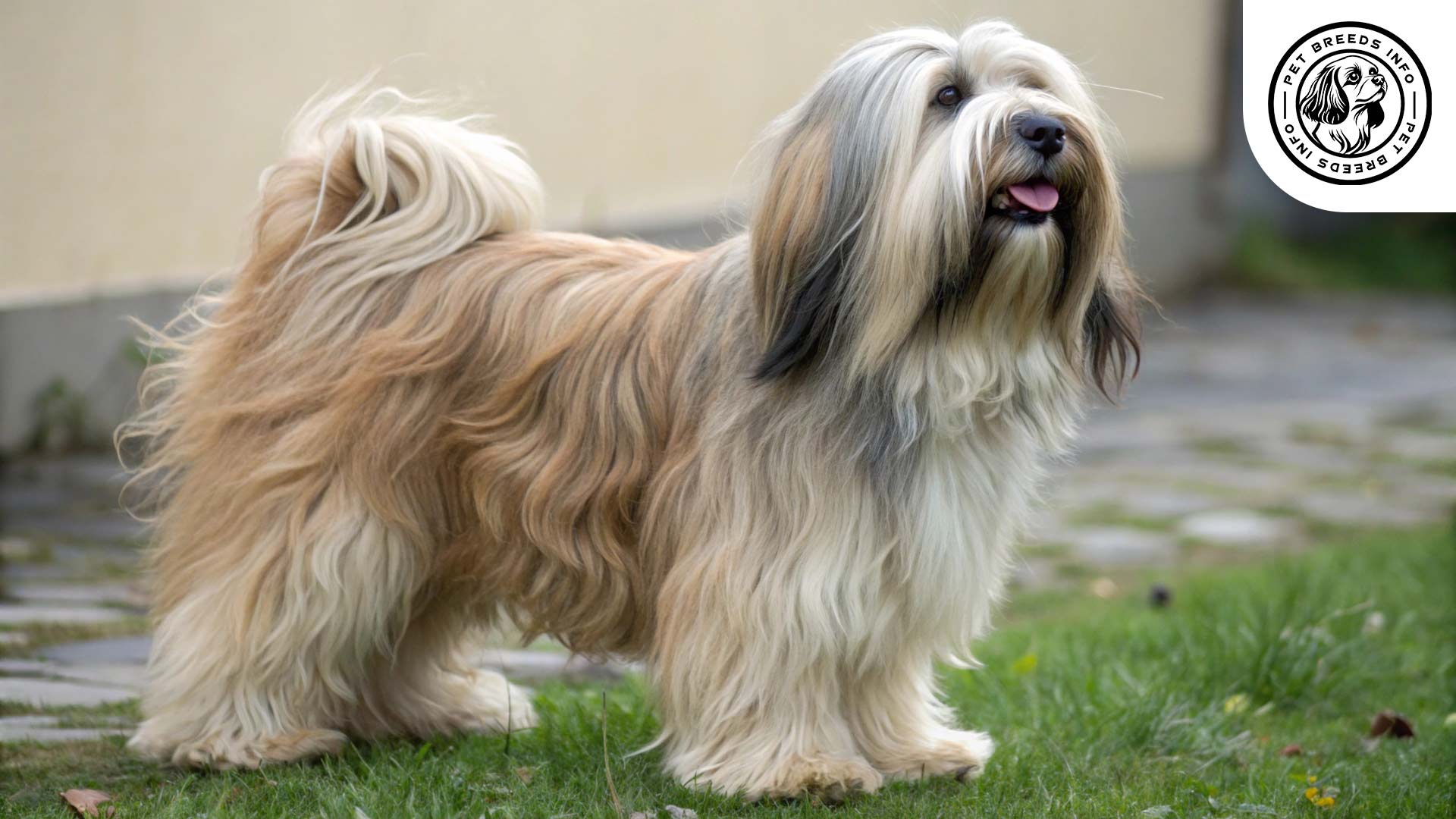
Their expressive eyes are usually dark brown, and they have medium-sized, V-shaped ears that hang down. The tail is well-feathered and curls over the back. One unique feature of this breed is its large, flat “snowshoe” paws, which help it navigate rough terrain.
Read More: Tibetan Spaniel Dog
Personality and Temperament
The Tibetan Terrier is highly intelligent and quick to learn, making training relatively easy with the right approach. It has a moderate energy level, requiring regular exercise to stay happy and healthy.
This breed forms strong bonds with its owners and can be highly affectionate. It is typically good with children and other pets if properly socialized. Though not aggressive, it is naturally wary of strangers, making it an excellent watchdog.
They are playful and enjoy interactive activities but can also be sensitive to changes in their environment, requiring a stable and loving home.
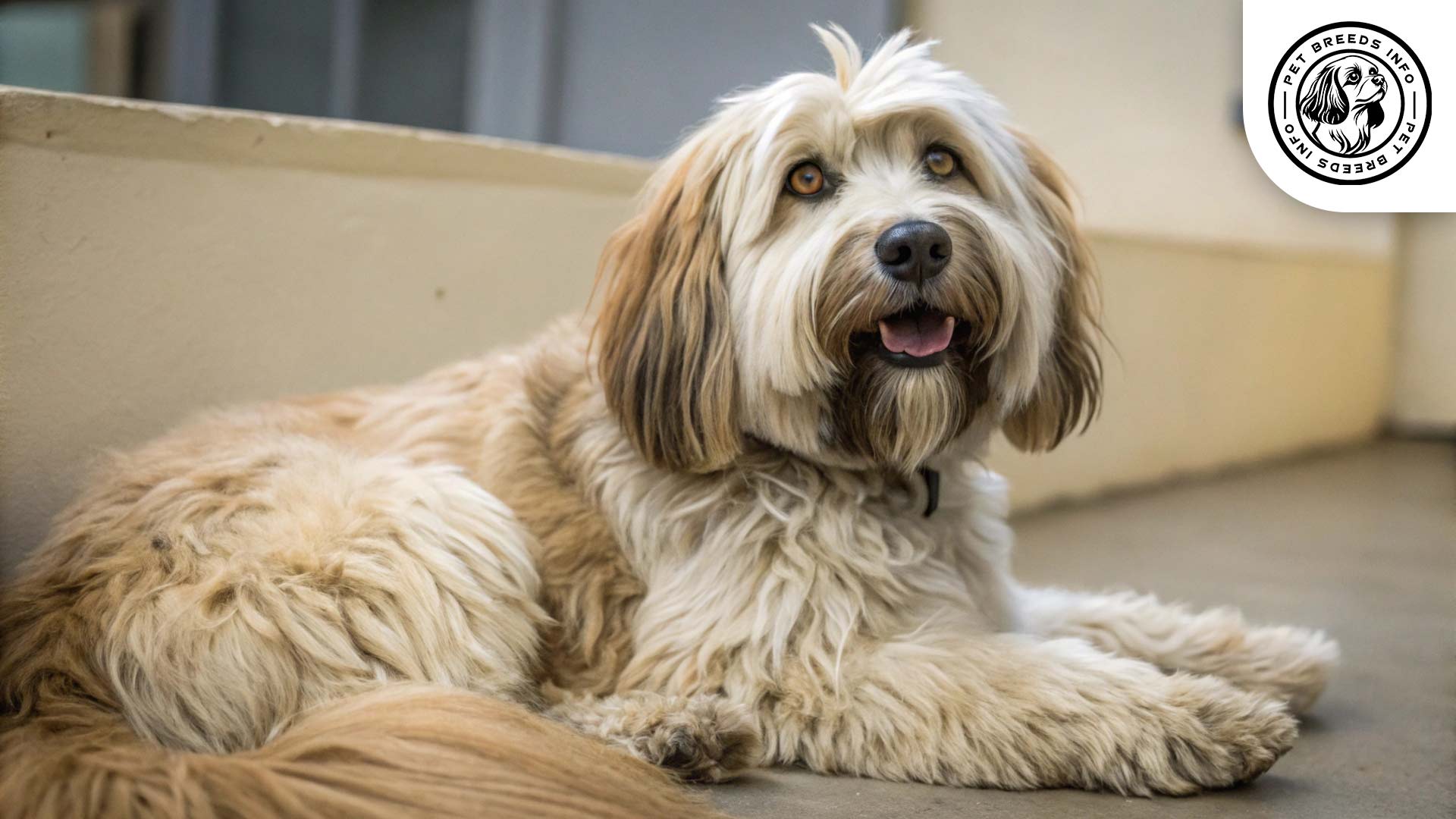
Care and Maintenance Requirements
Regular exercise, such as daily walks and playtime, is important to keep this breed fit. Although the Tibetan Terrier can adapt to apartment life, it thrives best in homes with access to outdoor space.
Their long coat requires frequent brushing to prevent matting and tangles. They are considered low shedders but need grooming at least two to three times a week.
They tolerate cold weather well due to their thick coat but can struggle in hot, humid conditions. Owners should ensure proper hydration and cooling in warmer months.
Routine hygiene care, including bathing when necessary, nail trimming, ear cleaning, and dental care, helps maintain overall health.
Diet and Nutrition
A well-balanced diet consisting of high-quality kibble, wet food, or a raw diet is suitable for the Tibetan Terrier. A protein-rich diet supports its energy levels and coat health.
Avoid feeding chocolate, onions, garlic, grapes, and processed foods, as these can be harmful. Portion sizes should be measured based on the dog’s weight, with feeding typically split into two meals per day.
Read More: Tibetan Mastiff Dog
Health and Common Medical Issues
The Tibetan Terrier is generally a healthy breed but is prone to some genetic conditions, including hip dysplasia, progressive retinal atrophy (PRA), and lens luxation. Regular veterinary check-ups can help monitor and prevent potential health issues.
The average lifespan of this breed is 12 to 15 years, with good care and proper nutrition playing a key role in longevity.
Essential vaccinations and deworming should be kept up to date, and periodic health screenings are recommended for potential genetic conditions.
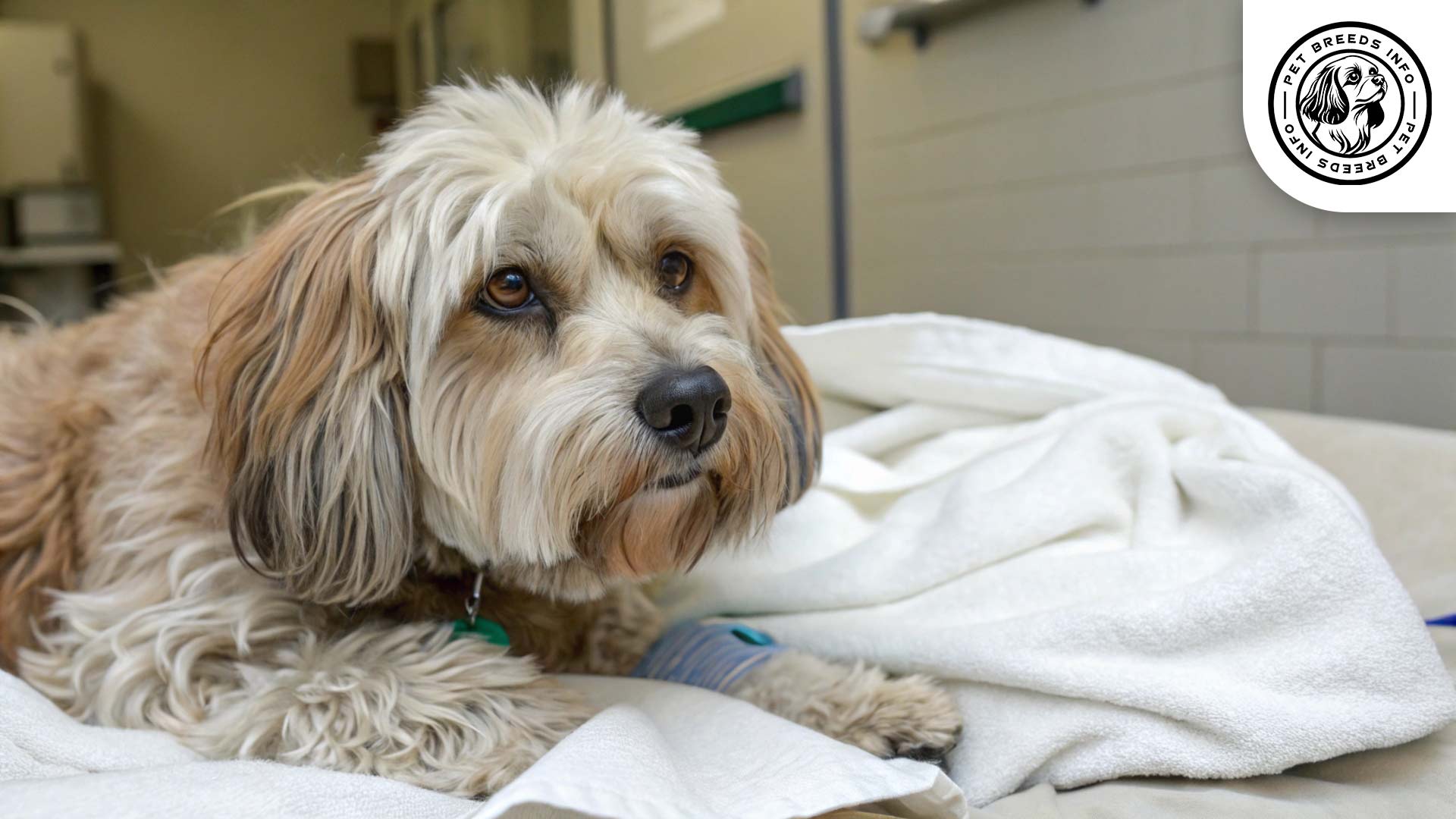
Training and Behavior Management
Tibetan Terriers are moderately easy to train, responding well to positive reinforcement and consistency. Harsh discipline does not work well for this sensitive breed.
Early socialization is essential to ensure that the dog grows into a well-mannered companion. Basic obedience training, leash training, and exposure to different environments from a young age can help prevent behavioral issues.
Reinforcing good behavior through treats, praise, and patience leads to better results.
Interaction with Other Animals and Humans
This breed is affectionate towards children and enjoys being part of a family. However, supervision is recommended when interacting with very young kids.
The Tibetan Terrier generally gets along with other pets, especially if raised alongside them. Its social nature makes it well-suited for families or individuals seeking a loyal companion.
While independent at times, Tibetan Terriers thrive on companionship and do not do well when left alone for extended periods.

Price and Availability
The cost of a Tibetan Terrier puppy varies, typically ranging from $1,500 to $3,500 depending on lineage and breeder reputation. Adopting from a rescue organization may be more affordable.
When obtaining a Tibetan Terrier, it is important to choose a responsible breeder or adoption center that prioritizes health and ethical breeding practices.
Read More: Standard Schnauzer Dog
Conclusion and Final Thoughts
The Tibetan Terrier is a loving, intelligent, and adaptable breed, making it an excellent choice for families and individuals alike. Its loyal nature and affectionate personality ensure a strong bond with its owner.
However, potential owners should be prepared for regular grooming and exercise needs. This breed is best suited for homes where it can receive attention and companionship.
Before bringing home a Tibetan Terrier, consider its sensitivity to change, grooming maintenance, and need for early socialization to ensure a happy and well-adjusted pet.
FAQ
Is a Tibetan Terrier a good fit for apartment living?
Yes, Tibetan Terriers can adapt to apartment living, but they require daily exercise to stay happy and healthy. Access to outdoor space is a plus.
How much grooming does a Tibetan Terrier need?
Their long, double coat requires frequent brushing, at least two to three times a week, to prevent matting and tangles. Regular bathing, nail trimming, ear cleaning, and dental care are also essential.
Are Tibetan Terriers good with children and other pets?
Yes, they are typically good with children and other pets if properly socialized from a young age. Supervision is recommended when interacting with very young children.
What are the common health issues for Tibetan Terriers?
This breed is prone to genetic conditions, including hip dysplasia, progressive retinal atrophy (PRA), and lens luxation. Regular veterinary check-ups are important for early detection and prevention.
How much does a Tibetan Terrier puppy typically cost?
The cost of a Tibetan Terrier puppy can range from $1,500 to $3,500, depending on lineage and breeder reputation. Adopting from a rescue organization may be a more affordable option.
